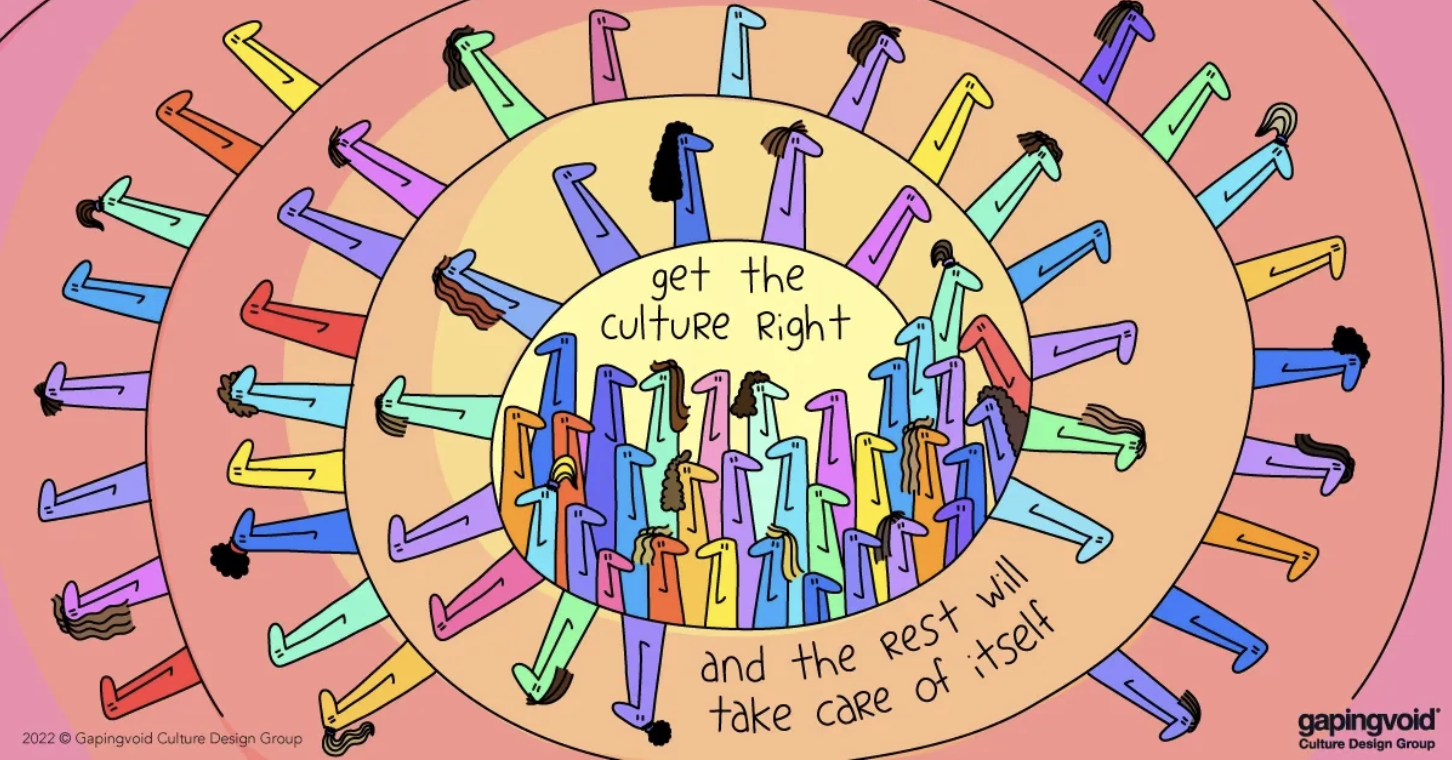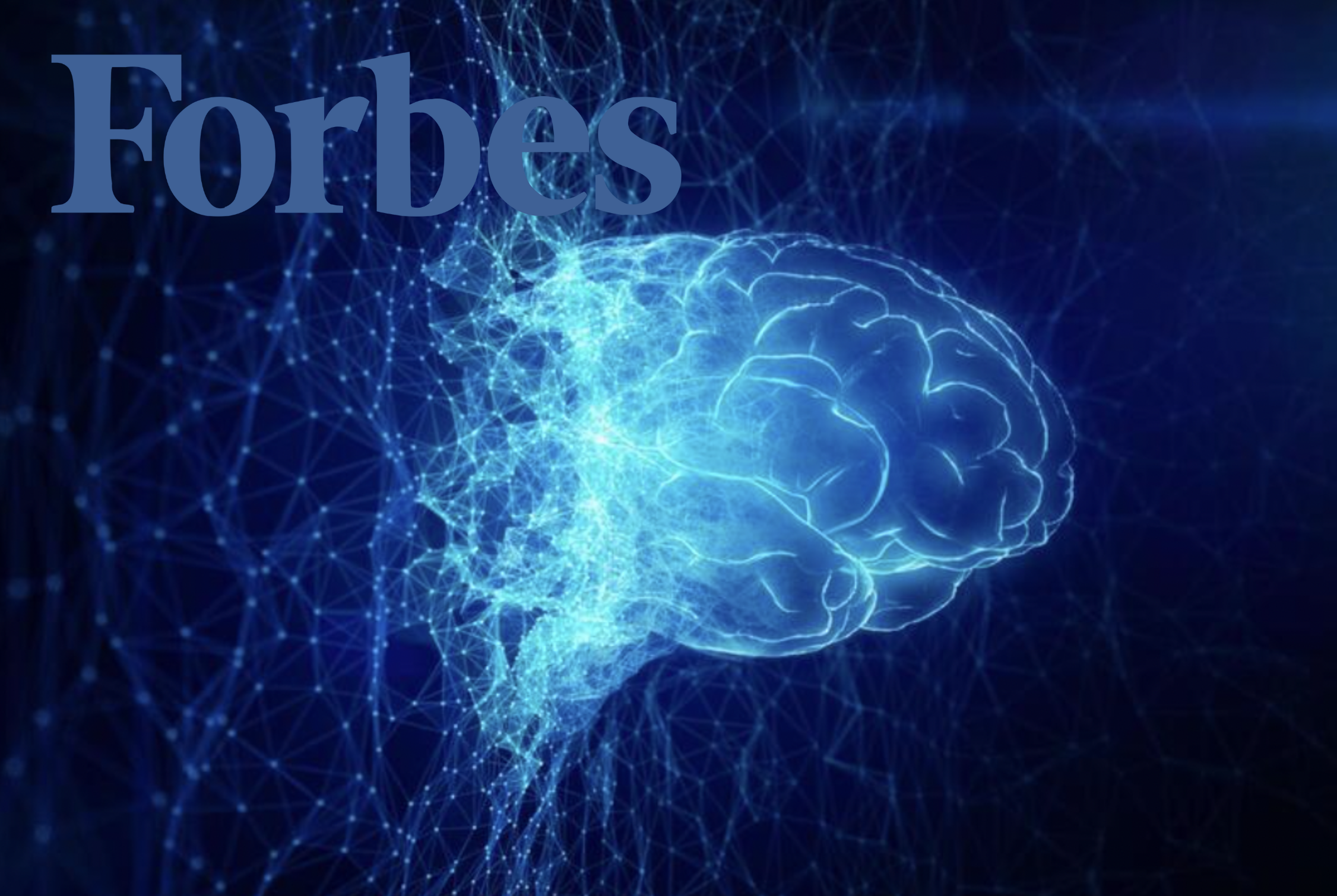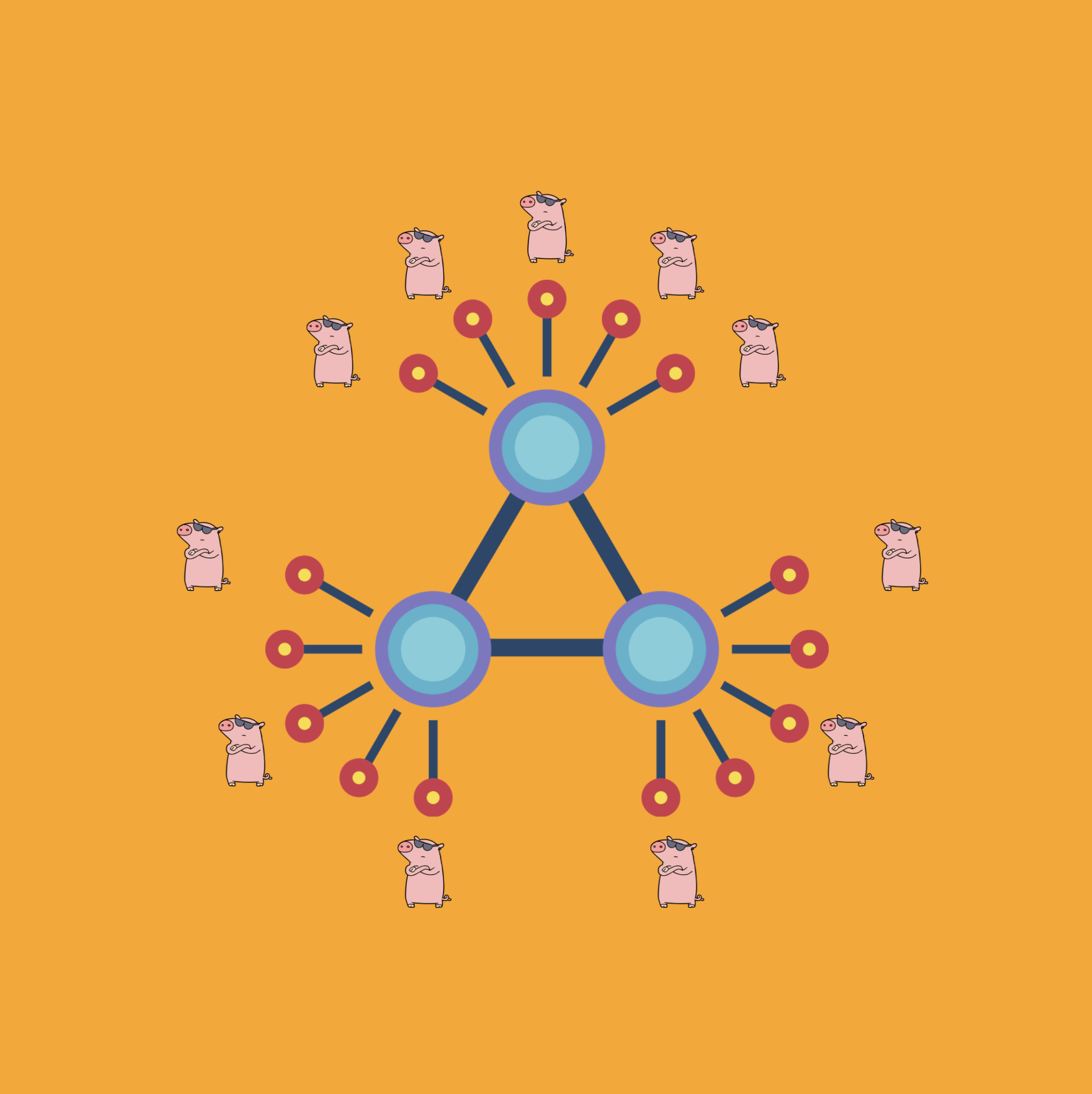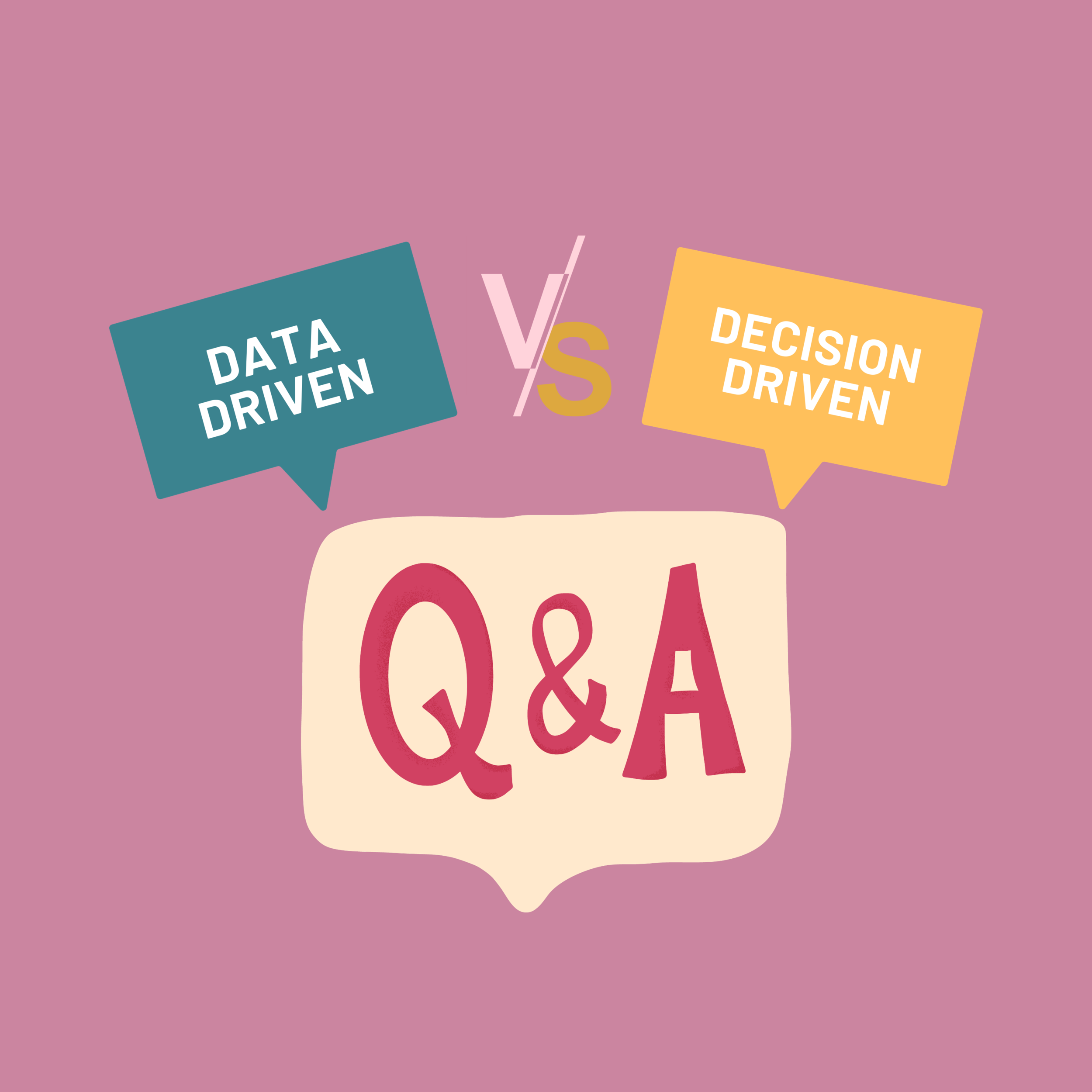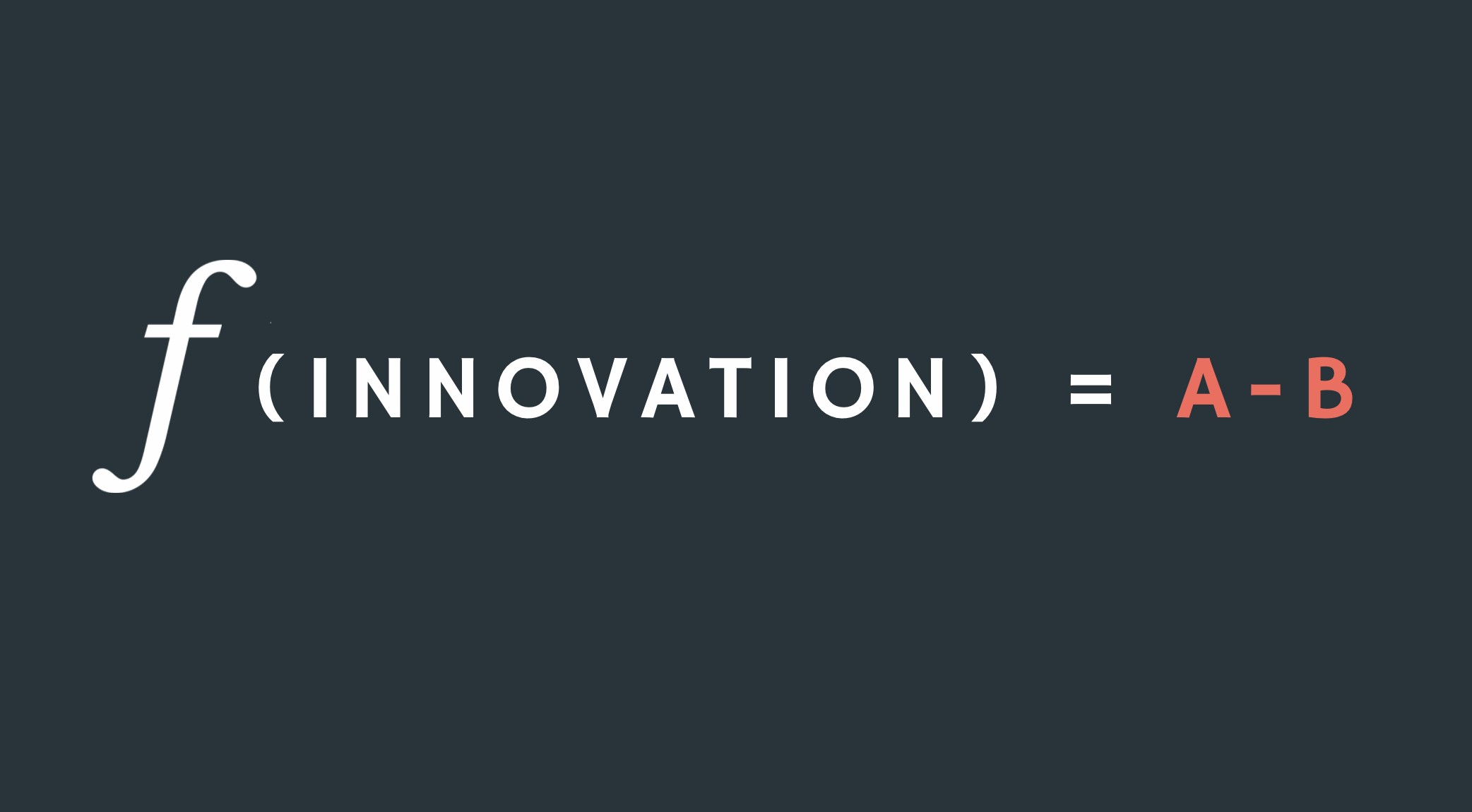Avoid Dancing Bears
Dancing Bears are impressive presentations with no point.
A man walks into a bar with a bear. He says to the bartender: “My bear can dance and sing. If I entertain your customers, can I drink for free?” “Sure,” says the bartender. The man leads the bear to the stage. The music starts. The bear stands on his hind legs, shuffles around the stage, and moans.
After the bear is done, the man returns to the bar. “I’ll have a shot of your finest whisky!”
The bartender shakes his head. “Nope. That bear is a terrible dancer.”
Shocked, the man says, “I didn’t say he was a good dancer—the point is that he could dance at all!”
Dancing Bears are demos, presentations, articles, or social media posts that don’t have a point other than to show off, get “likes,” or brag.
Years ago, my boss called one of my presentations a dancing bear. I thought my presentation was good; he said it was like that bear: impressive, but not good.
Here’s an example of a dancing bear, and a makeover. It’s part of a fetted COVID dashboard. Try to read the original caption:
In this analysis, a sophisticated “GAMLSS” Method is used to “nearcast” the next 10 days of infections. This can be viewed across individual countries, states and in the United States, some counties. We believe this iterative method is more accurate for forecasting than the supersmoother used throughout the rest of our dashboard…
Click to expand. Source redacted to protect a well-intentioned friend :)
The first sign of a dancing bear is arrogance: the author feels compelled to describe his work as “sophisticated.”
The second is jargon: few people know the terms “supersmoother,” “nearcast” and “GAMLSS.”
But the main point is that there’s no point. The caption tells me nothing because the author didn’t bother to slow down and explain his findings.
Let’s re-write it:
New COVID cases (in solid red) will rise from 720 to 930 per day, globally, in the next 10 days.
(This forecast is based on an algorithm called “GAMLSS” which is more accurate than the “supersmoother” algorithm used elsewhere in this dashboard, because it iterates over data to derive results. Learn more about how GAMLSS works here.)
This version tells who, what, when, and where in one line. We’ve reduced clutter. We don’t brag. And for those that want to learn more, we explain technical terms and link to detail.
It’s not easy to avoid dancing bears. My alternative description took 20 minutes to write and 5 versions.
And that’s the point. YOU take the time; don’t waste mine.
Dancing bears are everywhere: product demonstrations, blog posts, sales pitches, class projects, resumes, websites, and data science projects.
It’s hard work but not hard to avoid dancing bears. You just have to care. Take your time. Explain your fascination. With a little effort, your work will dance like Misty Copeland!

